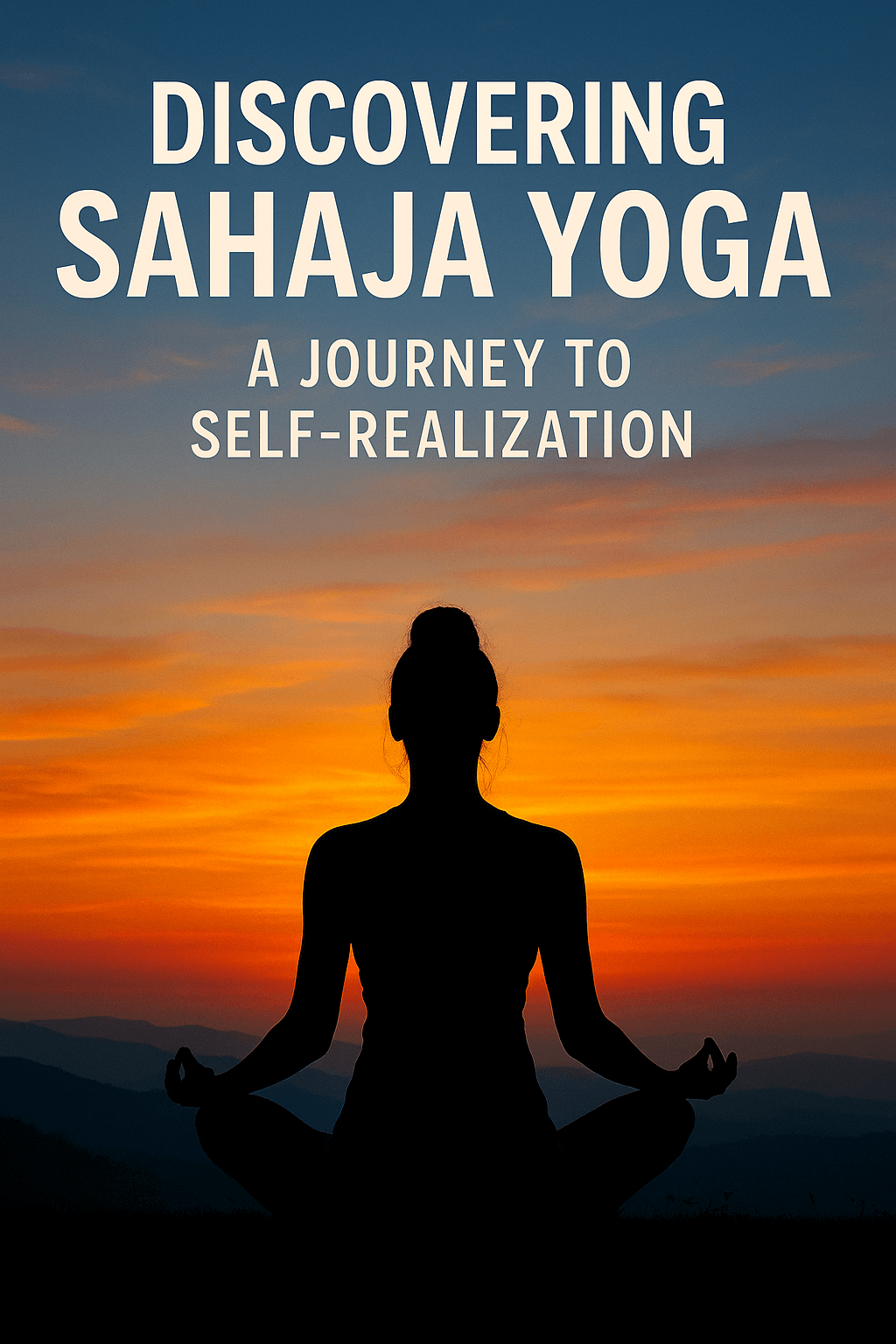Discovering Sahaja Yoga: A Journey to Self-Realization
What Is Sahaja Yoga?
Sahaja Yoga is a form of meditation founded in 1970 by Shri Mataji Nirmala Devi. Its essence lies in awakening the Kundalini, an innate, dormant spiritual energy at the base of the spine, to achieve Self‑Realization—a state of mental silence and connection with a higher consciousness. Practiced by millions across more than 100 countries, it offers a simple, spontaneous path to inner peace.
How It Works
– Self-Realization through Kundalini: With a gentle invocation, your Kundalini rises through the central channel (Sushumna), activating each of the seven chakras, culminating in a profound sense of inner unity and silence.
– Activating the Chakras: Chakras are energy centers aligned along the spine that relate to physical, emotional, and spiritual wellbeing. An awakened Kundalini purifies and balances these centers, facilitating harmony.
– Thoughtless Awareness: Unlike other systems, Sahaja Yoga emphasizes sustaining a state of pure awareness—present and silent, free from mental chatter.
The Seven Chakras: A Brief Overview
- Mooladhara (root) – innocence, wisdom
- Swadisthan – creativity, humility
- Nabhi (with Void region) – truth, generosity, self-discipline
- Anahat (heart) – unconditional love, emotional balance
- Vishuddhi (throat) – expression, communication
- Agnya (third eye) – intuition, inner guidance
- Sahasrara (crown) – one‑ness with the universe, divine integration
Why It’s Different
Sahaja Yoga’s uniqueness lies in its focus on Kundalini awakening and the opening of the seventh chakra, enabling realization beyond mental techniques. It cultivates both physical-emotional balance and spiritual integration.
My Experience
Recently, I attended a two-hour Sahaja Yoga session, and here’s what unfolded:
1. Awakening the Inner Energy
We began with a short meditation, invoking the inner energy using a phrase like “Mother, awaken my Kundalini.” Within minutes, I felt a gentle cool breeze in my palms and a subtle tingling at the crown—an unmistakable sign of Kundalini rising.
2. Exploring the Chakras
Guided by an instructor, we focused on each chakra—starting from the root up to the crown. I sensed warmth or vibrations in my hands correlated with chakra locations, learning that these sensations reflect subtle changes in the energy flow.
3. Sahasrara Opening Activity
At the end, we practiced a simple 10‑minute activity to enhance the crown (Sahasrara) chakra:
– Place your right hand firmly on the top of your head.
– Slowly rotate in a clockwise motion while mentally affirming: “I want to experience the state of meditation.”
– After a few minutes, I experienced a pulsating warmth at the crown and a profound inner silence—moments of thoughtless awareness and connection with divine energy.
4. The Benefits I Felt
– Calm and clarity: The mental chatter subsided, replaced by an inner stillness.
– Emotional uplift: A sense of balance and joy, as if layers of tension had lifted.
– Spiritual connection: A deep sense of unity with something larger—a hallmark of Sahaja Yoga.
How You Can Begin
- Find a local class or online session—most are free and open to the public.
2. Prepare a quiet spot, sit comfortably with a straight spine.
3. Invoke Kundalini with a simple thought or affirmation.
4. Practice chakra awareness—feel sensations in your hands and body.
5. Try the Sahasrara exercise as described above.
6. Meditate for at least 10 minutes daily, building consistency for lasting impact.
Final Thoughts
Sahaja Yoga offers a graceful, effortless path to inner transformation. Its focus on an experiential awakening—via Kundalini and the chakra system—offers both practical wellbeing and deeper spiritual fulfillment. My two-hour session opened a gateway to a stillness and joy that felt both natural and profound.


Leave a Reply
You must be logged in to post a comment.